Stadio Diego Armando Maradona: S.S.C. Napoli
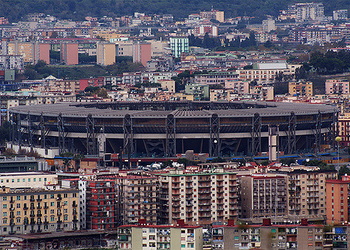
Davide Mancini / Flickr.com
The Stadio Diego Armando Maradona is located in the West of Naples and is the third largest stadium in all of Italy, beaten only by the San Siro and the Stadio Olimpico. It was built over the course of eleven years from 1948 to 1959 with the specific aim of being used for the preliminary games of the 1960 Summer Olympics in Rome. The club has strong ties with Diego Maradona and renamed the stadium in his honour in 2020, leaving the former name, Stadio San Paolo behind.
Stadio Maradona was one of the grounds used to host FIFA World Cup matches when Italy was the host nation in 1990. Five games were played there, including two of Argentina’s Group B games and England’s quarter-final match against Cameroon. It also hosted the semi-final game between Diego Maradona’s Argentina and Italy, with the host nation eventually getting beaten on penalties, and Maradona scoring the decider.
Stats
| Stadio Diego Armando Maradona Stats | |
|---|---|
| Year Opened | 1959 |
| Capacity | 54726 |
| Average Attendance | 38760 |
| Record Attendance | 112365 (SSC Napoli v AC Perugia (1979)) |
| Pitch Size | 110 x 68 (7480) |
| Former Name | Stadio del Sole, Stadio San Paolo |
| Owner | Comune di Napoli |
| Clubs Hosted | S.S.C. Napoli, Italian football team |
| First Fixture | Napoli v Juventus (06/12/1959) |
| Napoli Stats | |
|---|---|
| Year Founded | 1926 |
| Nickname | Partenope, Gli Azzurri, I Ciucciarelli |
| Club Mascot | Donkey |
| Rivals | Inter Milan, Juventus, Roma, AC Milan, Lazio |
| Kit | Blue & White (Home) / White & Gold (Away) / Red & Blue (Third) |
| Training Ground | Centro Sportivo Castel Volturno |
| Shirt Sponsor | Lete |
| Team Owner | Aurelio De Laurentiis |
| Record Goalscorer | Diego Maradona (115) |
| Record Appearances | Giuseppe Bruscolotti (511) |
Stadio Diego Armando Maradona Photos
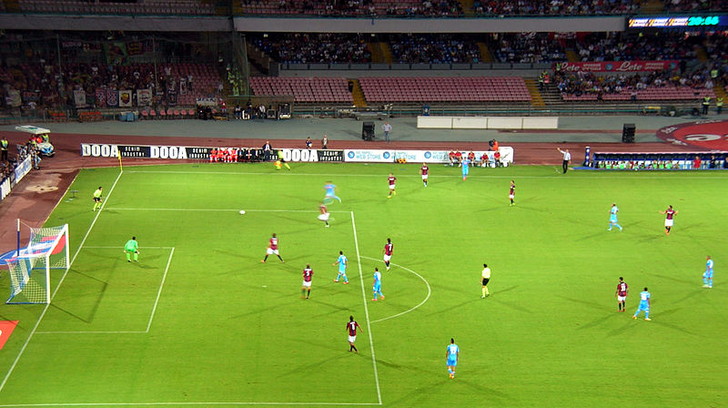
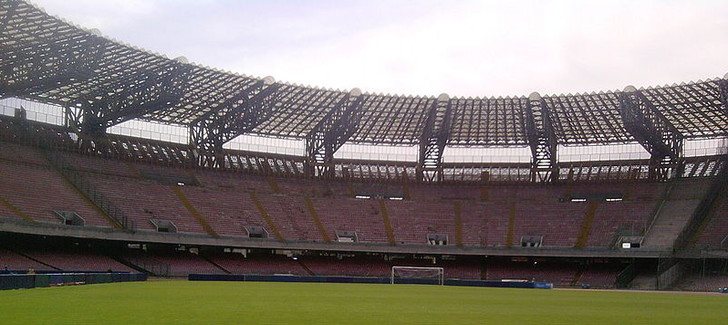
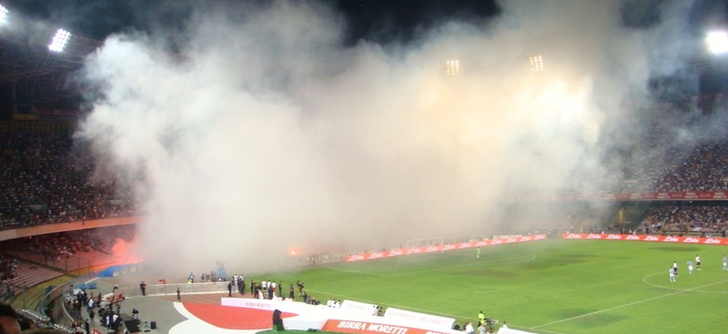
By Tanzen80 from Flickr [CC BY-SA 2.0]
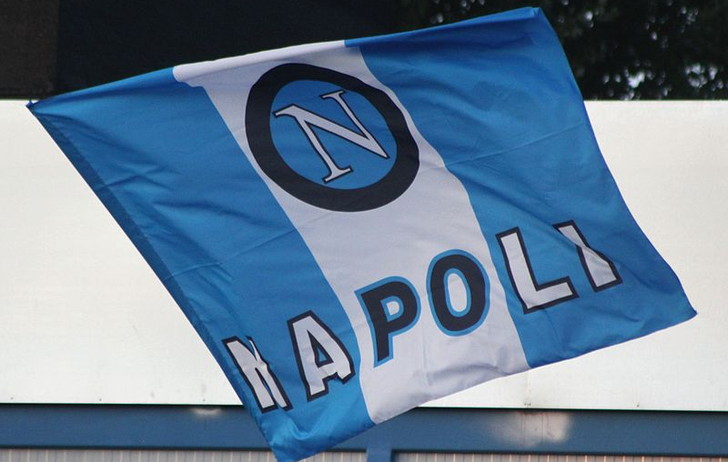
By Steindy (talk) 23:53
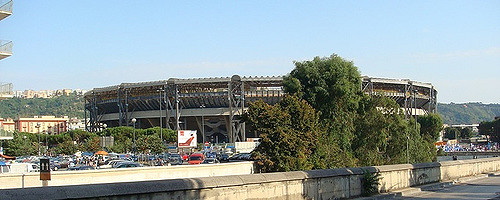
Antonio Fucito / Flickr.com
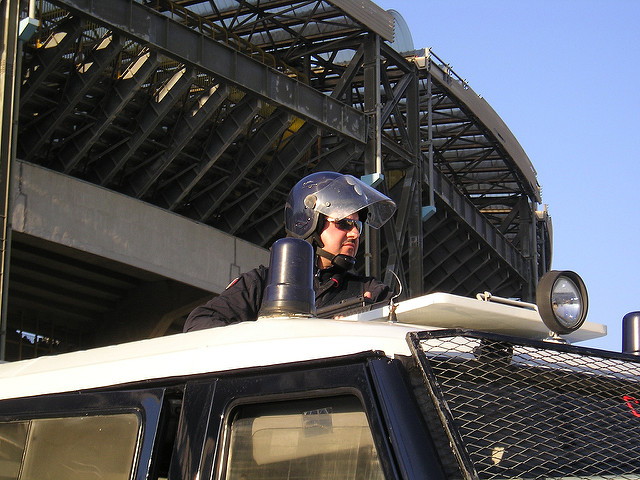
MJwho / Flickr.com
Stadio Diego Armando Maradona Seating Plan and Where to Sit
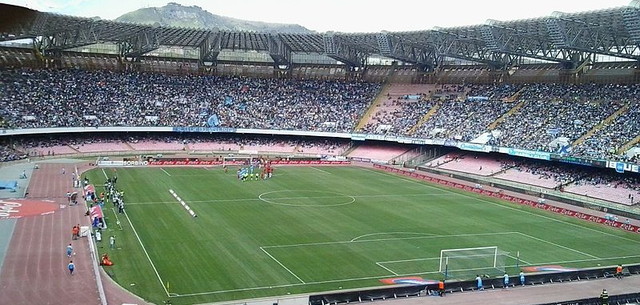
The stadium is in a ‘Bowl Style’, as is the case with most continental grounds. Behind the Northern goal is the Curva Nord, an area that welcomes the most passionate Napoli ‘Ultras’. Opposite that is, predictably, the Curva Sud. This is right next to the away supporters but doesn’t quite match the Nord for vitriolic passion. The Eastern Stand, or Tribuna, continues the two-tier style of the rest of the ground and runs along the side of the pitch, whilst the Western Tribuna is considered to be the ‘main stand’ as it houses the dugouts, executive facilities and the press area.
Napoli Ticket Prices
Some foreign clubs make it quite easy to understand their ticketing arrangements, others make it strangely difficult. Napoli appear to have gone down the route of footballing omerta, keeping things to themselves. It’s unclear whether the club offer discounts for concessions, for example, or how much children’s tickets are. What we do know is that different amounts are charged for different parts of the ground, with the Curva typically being the cheapest section and the Tribuna Onore the most expensive. Prices for adults range from €20 to €150.
How To Get Napoli Tickets
The best way to get tickets is by heading to the club’s official website. If you’re a technophobe, however, you might want to head to the ticket office in person or go to one of the approved retailers in the city centre.
Where to Buy
Getting To Stadio Diego Armando Maradona
Naples is a delightful city to visit and it’s used to tourists flocking to it on a regular basis. Consequently the transport links are reasonably solid. Here are your standard choices:
Train – A train from London will take about sixteen hours, all told. You’ll get the Eurostar from St. Pancras to Paris Nord before changing to Paris Gare de Lyon. From there a train will take you to Torino Porta Susa and you’ll then get an internal Italian service to Torino Porta Nuova. Your journey is nearly complete as you get a train from there to Napoli Centrale. To get to the stadium you’ll then take the Metro Line 2 to Mostra and it’s a short walk from there.
Bus – Bus number 152 runs from just outside of Stazione Centrale to the ground.
Car – Driving to Stadio Maradona isn’t exactly easy, so to be on the safe side we’d recommend putting the stadium’s address into some sort of satellite navigation system and following the instructions.
By Air – Naples International Airport is the closest to the city and is about ten miles or so away.
Taxi – A cab from the central station to the ground will take about twenty minutes and should set you back somewhere in the region of €15.
Parking Near Stadio Diego Armando Maradona
There is no specific parking at the Stadio Maradona, but if you don’t like your car then you park near enough through on-street parking. There’s also a variety of parking garages nearby.
Useful Resources
Stadio Diego Armando Maradona Hotels
Naples is a beautiful city well worth your time. As such there are loads of hotel options available to you on your trip. Here are some of our favourites:
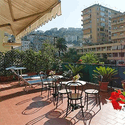
Hotel Cesare Augusto - £40+
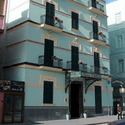
Hotel Villa Maria - £60+
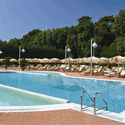
Montespina Park Hotel - £70+
Pubs and Bars Near Stadio Diego Armando Maradona
Naples has a selection of amazing bars and restaurants that are well worth your time. Here are some of the ones we love for a pre-match Limoncello:
Pizzeria Pizzaioli Veraci
Frank Malone Pub
PubLò
Facilities
The development of the stadium also saw the general facilities improve immeasurably. It’s got the sort of food and drink kiosks you’d expect from a major stadium, though.now they are just a little bit shinier.
Hospitality
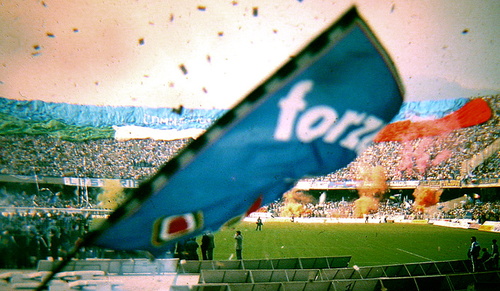
It’s difficult to find specific information about match day hospitality for Napoli games, to be honest, with this presumably falling under the guidelines of the club’s footballing omerta. Your best bet is to speak with Napoli directly if you’d like to watch a game in style.
Private Hire
The stadium underwent a restructuring in 2017 that redeveloped the conference rooms and hospitality suites, making it one of the best places in all of Naples for the purposes of hosting private events.
Stadium Tours & Museum
At the time of writing there are no tours of the stadium available. There’s also no club museum that you can go to. So it’s a bit rubbish, all in all.
About Napoli

If you’ve ever wondered what the S.S.C. stands for before Napoli when describing the football club, wonder no more. It means Società Sportiva Calcio. Glad we got that sorted for you. Napoli are the most successful club in Southern Italy, having won twelve domestic trophies including two Serie A titles, five Coppa Italias two Supercoppa Italianas. Only Juventus, AC Milan and Internazionale have a greater support than Napoli.
In 2016 the UEFA rankings declared Napoli to be the 8th best club in Europe, surpassing the likes of Liverpool, Chelsea and Paris Saint-Germain. Some improvement on their position in 2010 when they were ranked 108th in Europe. The club is also one of the members of the European Club Association, which replaced the G-14 as an organisation of major football clubs.
Stadio Diego Armando Maradona History
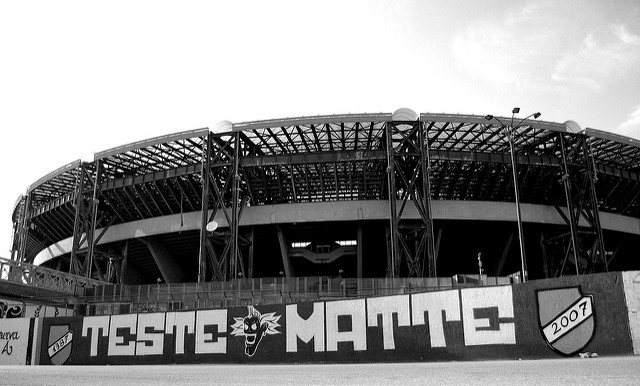
During the 1990 FIFA World Cup Maradona played at thestadium. The player, who was on Napoli’s books at the time and considered to be one of the best players in the world, asked the Napoli fans to support Argentina when they played Italy in the semi-final of the competition. The Napoli fans unfurled a banner in the Curva saying, “Maradona, Naples loves you, but Italy is our homeland”. It was the only ground where the Argentina national anthem wasn’t booed and the game eventually went to penalties. Who scored the winning penalty? Who else but Diego Maradona? The Italian government refused to allowed Naples to name the ground after him, however, as an Italian law forbids naming a public building after anyone who has not been dead for ten years or more. Things changed when Maradona actually died in 2020 though, as the stadium was renamed almost straight away.
The ground is designed in a ‘bowl’ style as it originally needed to house an athletics track that ran around the perimeter of the pitch. It was renovated extensively in preparation for being one of the stadiums used to host matches during Italia ’90. Before that, though, it had a huge capacity that reached its peak in 1979 when over 110,000 supporters turned out to watch a game between Napoli and AC Perugia.
Future Developments
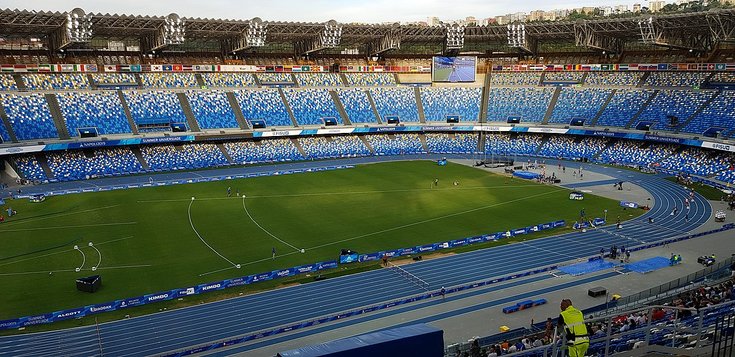
The stadium recently underwent its largest upgrade since before the 1990 World Cup. The structure wasn’t altered too dramatically, but changes were made to the roof and new seats were installed. There were also many cosmetic improvements inside the stadium, including a new running track being laid and much needed upgrades to the changing rooms.
